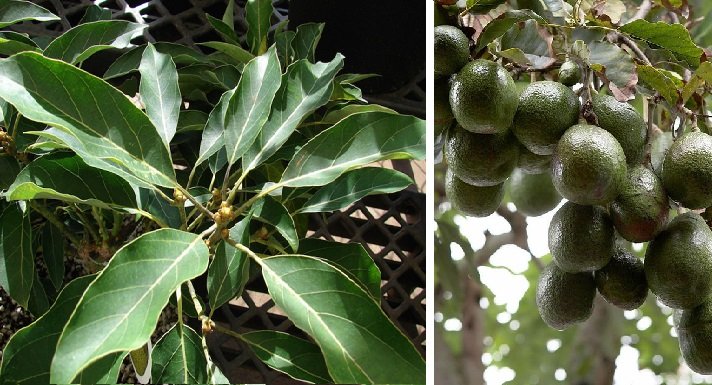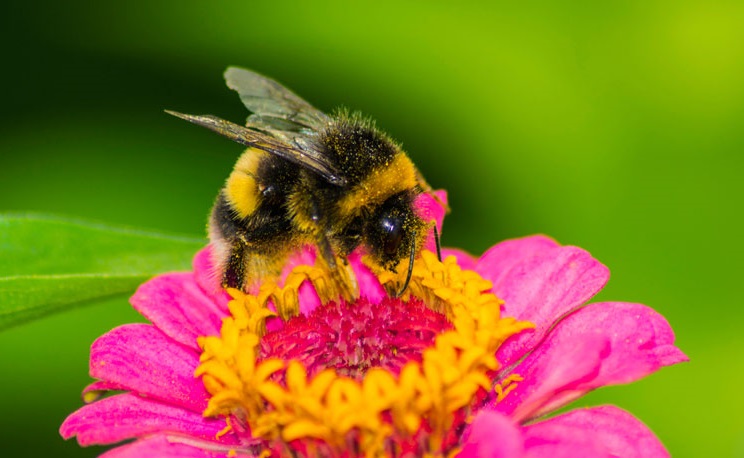There are no denying how tasty avocados are, not to mention the incredible benefits. What if, instead of going to the store to buy this amazing super fruit, you can go out and pick your own from an avocado tree in your backyard? Follow the directions below to grow an avocado tree for plenty of organic avocados year-round.

Avocados grow well in Mediterranean, subtropical, and tropical climates (zones 8-11). As long as they get enough water, they can withstand an extraordinary amount of sun. Due to its rapid development of large leaves and shade, an avocado tree group can take a Mediterranean environment and turn it into a shady subtropical rainforest within 7 years. If you live in a colder climate, you can grow your avocado tree as a houseplant or as an indoor / outdoor plant; it is unlikely to bear fruit this way, but it is still beautiful and fun to grow nonetheless.
How to grow an avocado tree for endless organic avocados.
It’s surprisingly easy to grow your own avocado tree and we’ll show you how to do it in just 7 steps.
Step 1.
Buy an avocado and remove the seed inside. Gently wash any meat attached to the seed and then pat it dry. Be careful not to remove the brown skin from the seed. After you’ve finished this, leave the seed behind for a few days.
Step 2.
All avocado seeds have a top and bottom side. See which side has the pointed end that is the top. The bottom will have a flatter shape. This step is vital because if you plant it from the wrong side, your avocado tree will be in danger from the start.
Step 3.
Find an empty planter. Fill it with soil (you can buy it at your compost, garden or forest store). Gently bury the seed in the ground until it is half buried.
Step 4.
Place your pot in front of a window that receives a lot of indirect sunlight. Don’t let the seed absorb too much direct sunlight, as it can burn young, fragile shoots. Keep an eye on your plant to make sure it has a proper balance of direct and indirect sunlight.
Be sure to check the soil every other day to see if it needs more water, avocados will sprout quickly in completely moist soil.
Step 5.
This next step is where you should exercise a lot of patience. The seed can take up to two months to germinate. A crack in the seed is the first sign that you are on the right track. A small taproot will begin to grow from the bottom of the seed to the ground.
Step 6.
If your avocado plant has started growing a couple of leaves, that’s fine, if not, unfortunately, you may have to start over (or just decide beforehand to raise multiple avocado trees instead of just one in case lose some). As your avocado tree develops more leaves and grows, you may need to transplant it into a larger pot when it is one year old.
Continue to water the plant regularly and, if desired, add a little organic compost to help with growth. Avocados require nitrogen and / or at least good quality composted soil to thrive. Feel free to trim your avocado tree to suit your garden, patio, or home.
If you live in a warmer climate, you can move your tree outside. Alternatively, turn your tree indoors in winter and outdoors into a summer tree.
Step 7.
Congratulations, you now have your avocado tree. You can graft your favorite varieties of avocados onto your tree or simply leave it to produce its own fruit. Remember: you can also grow your avocado tree as a houseplant or an indoor / outdoor plant. If everything goes your way, you are in the right climate, and you have enough avocado pollen in the air and in the bees, in five to ten years, you will enjoy your fresh avocados, and you can make the best guacamole.
If your avocado seed originally came from a store, the avocados that will grow from your new tree will be of a different type than the avocado you originally purchased. For example, Hass avocado seeds do not reproduce as true; If you plant them, you will get an avocado, but not a Hass avocado.
This is due to the cloning and grafting of most avocado trees (Hass is a clone). In the wild, avocados reproduce down to seed, which means that the seed of a wild tree will eventually grow into a tree that will produce the same type of avocado variety as its parent.
If after seven to ten years, your avocado tree has not started flowering in the winter, you may want to feed it richer (nitrogen) composted soil; make sure it’s getting enough water too; or maybe shake it off with a strong pruning.








